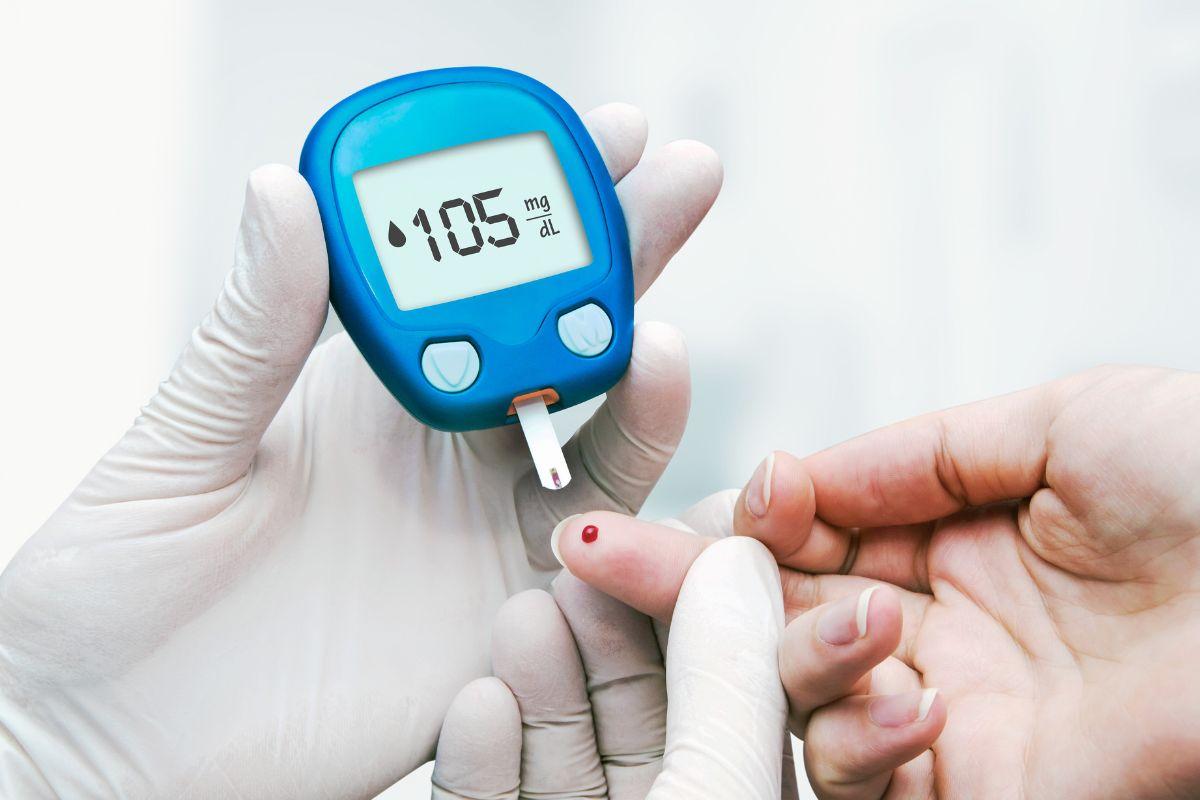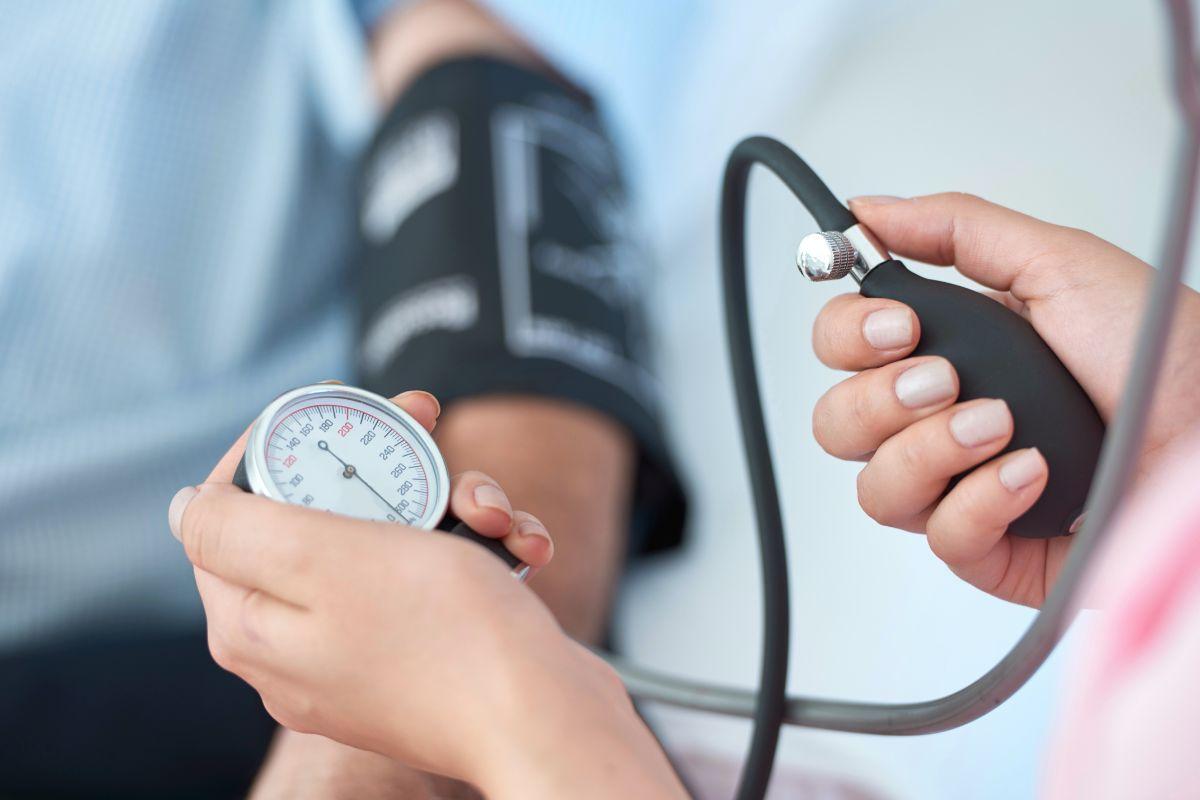Written by Mr Jonathan Bird for Doctify
Its a brand new year and for many January means eschewing bad habits and taking up better ones. This may mean increasing exercise and taking up new sports – both of which are a good thing. However, when taking up a physical activity, its helpful to be aware of the injuries one can sustain on the field/pitch/track/slopes and what to do if that injury occurs.
Here to tell us about injuries to the ACL is Orthopaedic Surgeon, Mr Jonathan Bird.
What is the ACL?
The ACL is the Anterior Cruciate Ligament. A ligament join bones together. The ACL is deep inside the knee, joining the femur (thigh bone) to the tibia (shin bone). It is in front of (anterior) to the Posterior Cruciate Ligament – they cross over each other (cruciate means cross).
Why is it important?
The ACL is important as it allows the knee to turn and pivot. When someone turns to the side (for example avoiding another player in football or skiing) they are using their ACL. Unfortunately it is these same motions that cause the ACL to snap. Often a popping sound is heard (and felt). The knee swells immediately, and they are unable to play on.
What would happen if I did nothing about this injury?
The pain and swelling of the initial injury will eventually settle down, but the knee is often unstable. The instability is usually felt when trying to turn corners. It can be different for different people, some feel unstable just turning a corner whilst walking, for others it is only when trying to turn whilst running hard.
Who should get it fixed surgically?
The rule of thumb is that the younger the patient, the more likely it is that the ACL will need reconstructing. Someone who regularly plays sport, but feels that they can’t return as their knee feels unstable is unlikely to do so without a reconstruction. The best way of checking is when your surgeon examines you, they should do an examination called the “pivot shift”. This replicates the feeling of the knee jumping out of place. If this examination is not possible to do, then it could be a partial tear and surgery may not be necessary.
What does surgery entail?
Surgery involves reconstructing the ACL as close as possible to the pre-existing ligament. The ACL is made of collagen, so collagen from elsewhere in the body is usually used. Artificial grafts to replace the ACL have been tried in the past, but unfortunately most of them failed very quickly. The “borrowed” collagen (or graft) is usually either two of the hamstring tendons in the knee or the central third of the patella tendon.
Sometimes a strip of the quadriceps tendon, or even tissue from a deceased donor can be used. Once the graft has been prepared, it is placed into the knee by drilling tunnels that enter into the knee at the point that the original ligament attached. Any other damage inside the knee can be addressed at the same time. The graft is fixed into place using screws or strong sutures.
How long is the rehabilitation?
The graft takes a long time to incorporate into the body and become a new ligament. Whilst this is happening it is important to build up the muscles around the knee, but also not to put too much strain onto the healing graft. Twisting and turning movements are not allowed for many months and return to sport usually takes around a year. The aim is to get the patient back to the same level of activity as they were before the injury.




